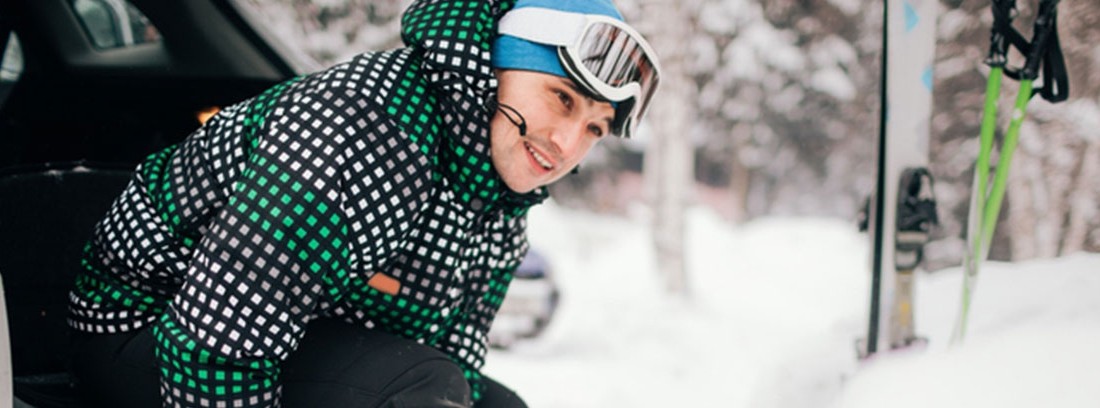Enjoy skiing without risks

But there are those who simply, when storing their skis in the storage room, do the same with their body, that is, nothing. Of course, this choice is not the most appropriate or recommended.
Physical conditions of the skier
He is a demanding sport not only at the muscular and articular level but it requires a good background that must be achieved and maintained. In addition, due to the weather conditions in which it is practiced, the body is subjected to overexertion.
The lower extremities of the skier they are the ones who work and suffer the burden the most of this sporting practice. Due to the position in which you ski, where the feet are fixed to the skis, they are the ones that play a fundamental role but at the same time they tend to be the ones that get hurt the most and end up becoming the skier's Achilles heel. The most common knee injury among skiers is knee injury. anterior cruciate ligament tear. This is one of the structures that provides stability to the knee. The moment it suffers a sudden and forced movement, it can break, causing pain and great functional impotence. This injury is one of the most feared by those who suffer it since recovery can cause one to miss the season.
The knees are not the only joints affected but there is a very specific alteration that receives the name of "Skier's thumb". This appears, in general, after a fall due to the action of the tape with which the stick is held. The thumb, when falling, performs a hyperextension, leaving the ligament of said finger elongated or even breaking. Depending on the importance of the injury, the treatment will be orthopedic or surgical.
Joint injuries are usually the most "relevant" but not the most frequent. In this case, the first ones in the list are the bruises. Falls are common and there is no time of day when a skier is not seen sliding down the side of the mountain without their skis. Bruises can range from a simple blow with no more importance than the pain of the moment or become much more serious. Those that acquire great importance are those that involve a disease whose consequences can be really serious. Thanks to the increasingly widespread use of the helmet, even with falls, these are of less importance. Hence, the little ones see the helmet as another element of the equipment, such as the boots or the skis themselves.
Can injuries be avoided?
It is essential not to forget the physical form throughout the year. Having good muscles in the legs and what is known as "core" is essential to avoid unnecessary risks.
Following a routine throughout the year of toning and strengthening the muscles of the quadriceps, hamstrings or calves, will reduce the load on the knee and will also allow better control on the descent. You can add exercise by bicycle or, not only to work the muscles but to maintain or improve the bottom with cardiovascular work, which is essential to enjoy skiing.
With a reinforced back and abdomen, a very correct posture will be adopted and overloads that can end up producing pain and discomfort will also be avoided. Therefore, whoever decides to include skiing in their list of sports to enjoy, must take into account a series of factors and not only think about them but also work on them so that it is a healthy practice and not very “rugged”.
Practice sports with guarantees
Keep in mind that for any unforeseen event it is important to have good health insurance. They include a large medical team specialized in Sports Medicine.
(Updated at Apr 14 / 2024)